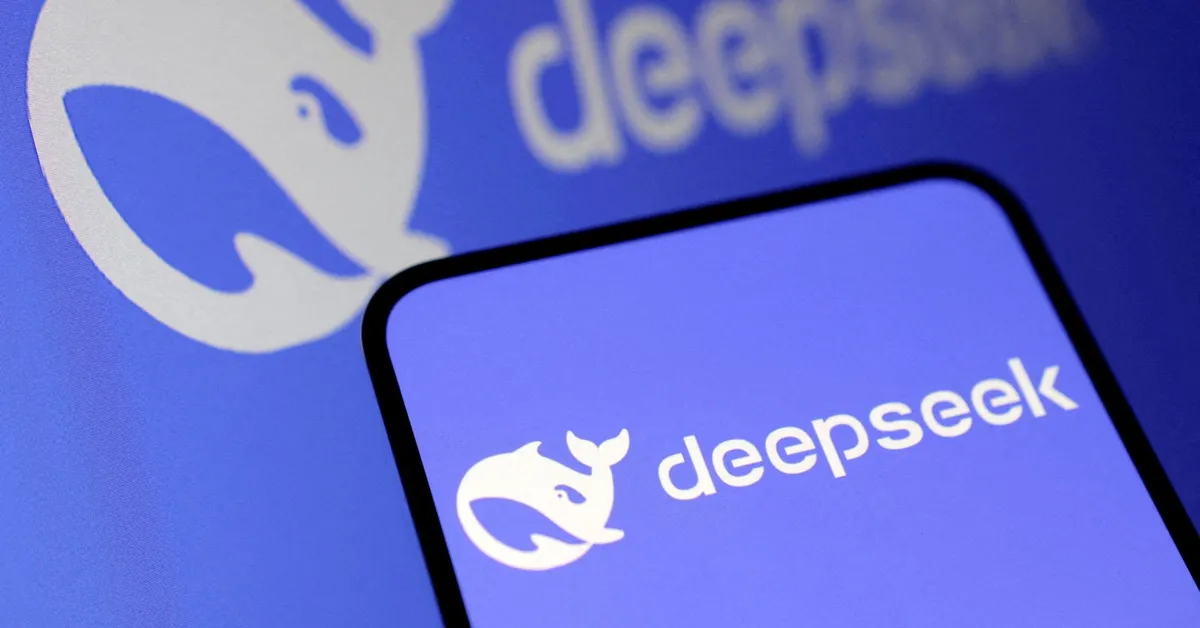
On March 1, 2023, DeepSeek, a rising Chinese AI startup based in Hangzhou, disclosed significant financial insights regarding its popular AI models, the V3 and R1. The company claims a theoretical cost-profit ratio of up to 545% per day, although it cautioned that actual revenue figures would likely fall short of this optimistic estimate. This announcement marks the first instance where DeepSeek has shared detailed information about its profit margins stemming from less computationally intensive inference tasks.
Inference tasks are the stage in AI processing that occurs after the training phase, where trained AI models make predictions or execute various tasks, such as functioning through chatbots. The revelation of these figures could potentially impact AI stocks outside of China, particularly those that experienced a significant decline in January. The drop was attributed to the rising popularity of DeepSeek's R1 and V3 models, which have garnered global attention for their capabilities.
Investors were particularly rattled by DeepSeek’s assertion that it spent less than $6 million on the chips required to train its models. This is a stark contrast to the hefty investments made by U.S. competitors like OpenAI, which have been reported to spend billions on cutting-edge chips. DeepSeek notably utilized Nvidia's H800 chips, which are less powerful compared to those available to U.S. AI firms, leading to further skepticism about the financial sustainability of foreign AI companies.
In a GitHub post published on Saturday, DeepSeek provided an analysis of its operational costs. Assuming the rental cost of one H800 chip is $2 per hour, the total daily inference cost for the V3 and R1 models is approximately $87,072. In stark contrast, the theoretical daily revenue generated by these models is estimated to be around $562,027. This leads to the impressive theoretical cost-profit ratio of 545%, which, when projected over a year, could imply revenue exceeding $200 million.
Despite these promising figures, DeepSeek emphasized that its actual revenue would be significantly lower. This discrepancy arises from several factors: the operational costs associated with the V3 model are lower compared to the R1, only select services are monetized while many web and app accesses remain free, and developers benefit from reduced costs during off-peak hours.
As the landscape of AI technology continues to evolve, the insights provided by DeepSeek may have far-reaching implications for the industry at large. Investors and competitors alike will be closely monitoring the developments stemming from DeepSeek’s operations and its impact on the broader AI market.